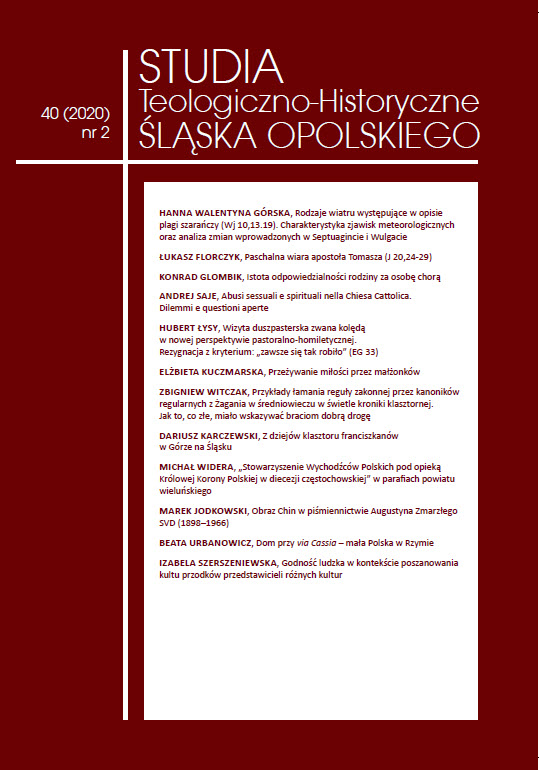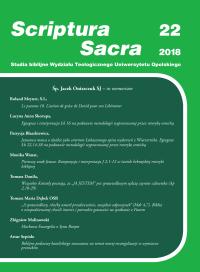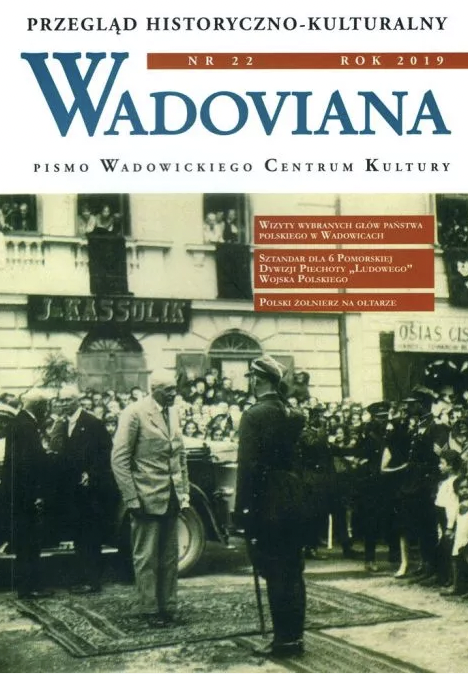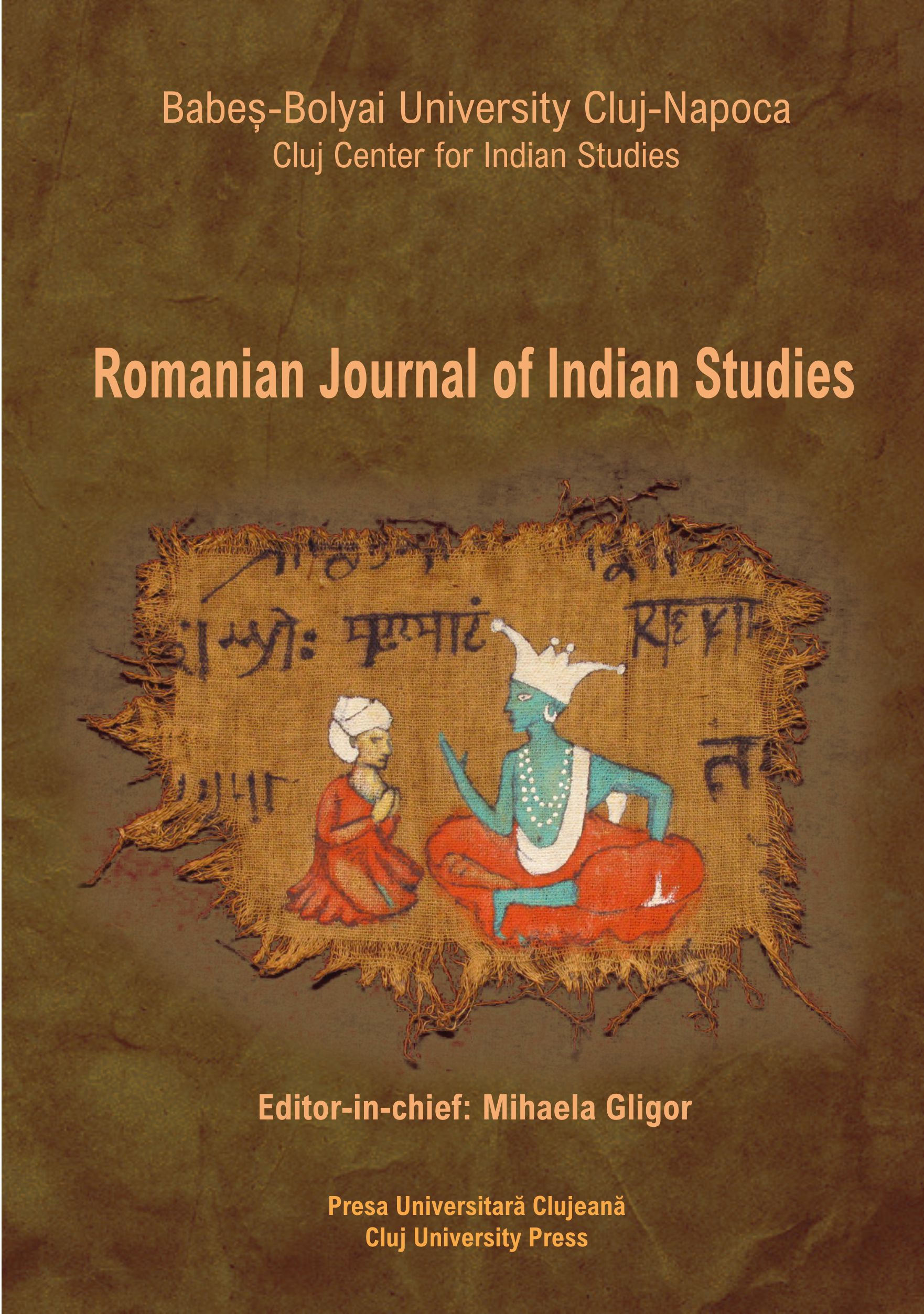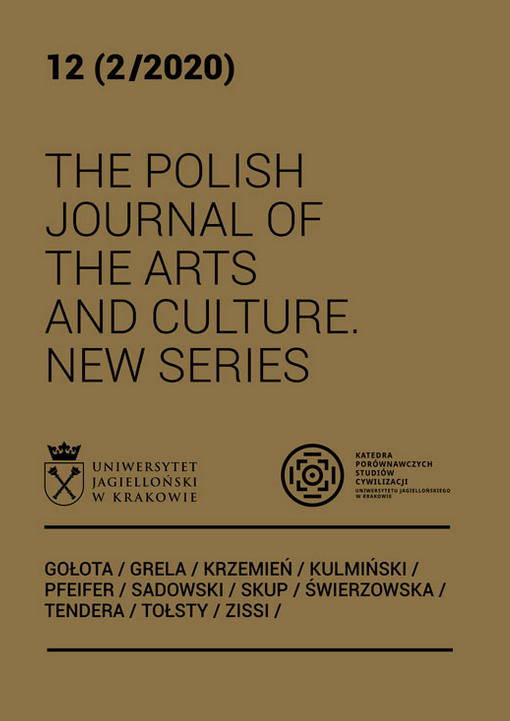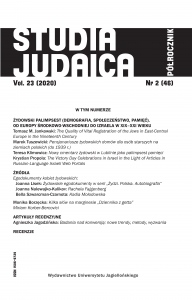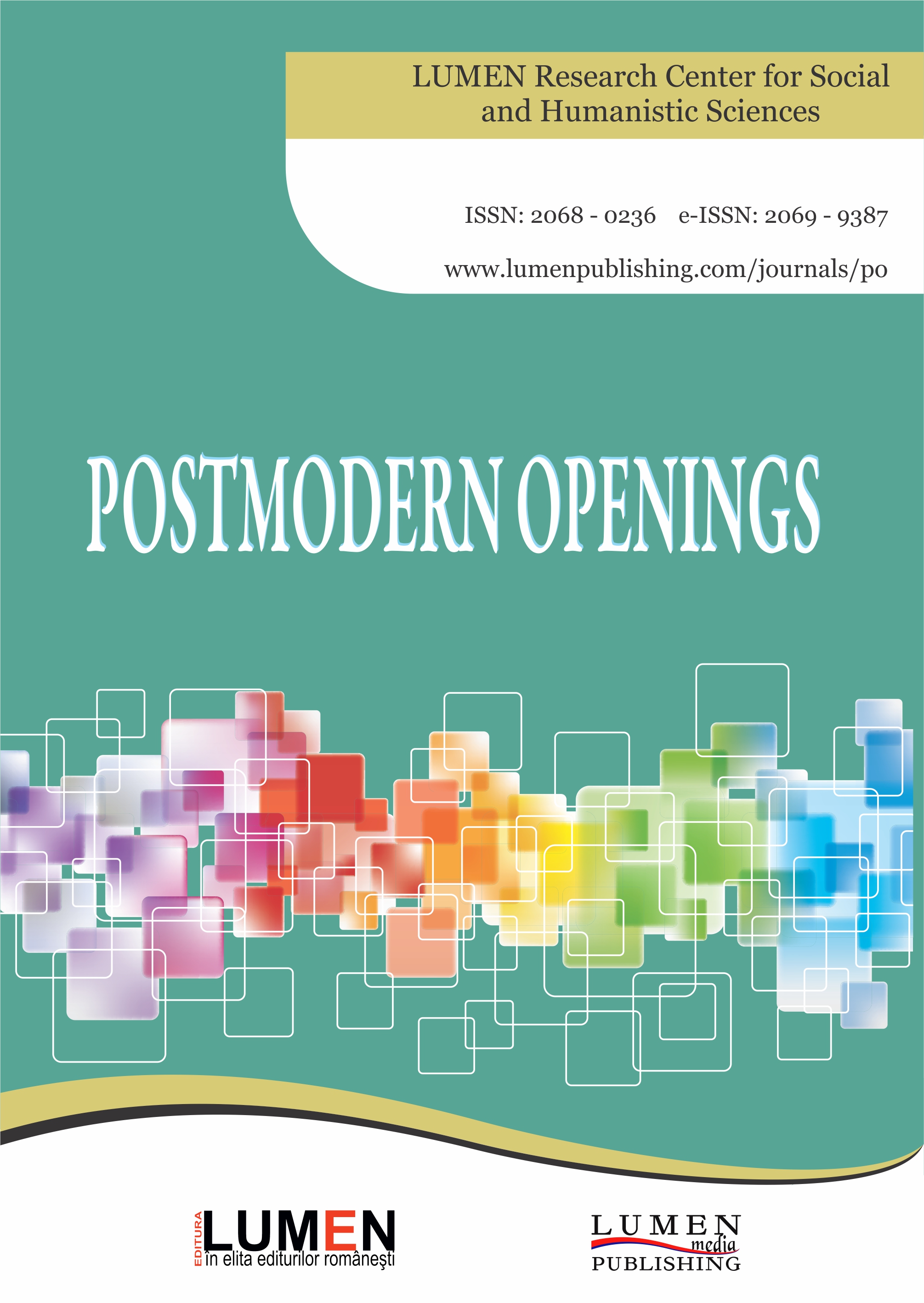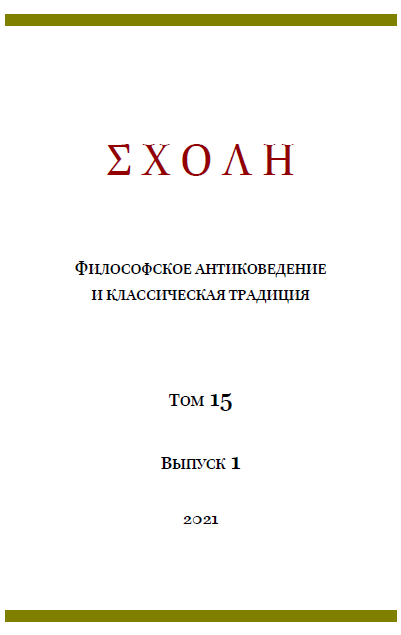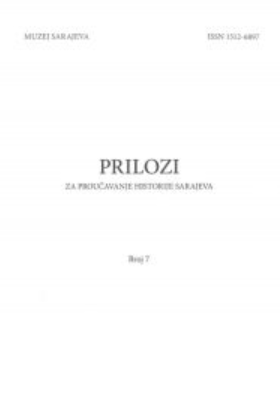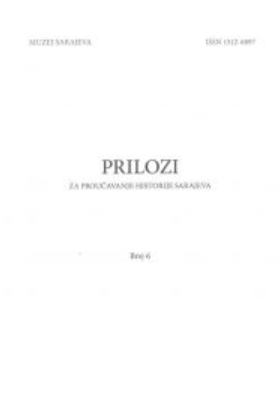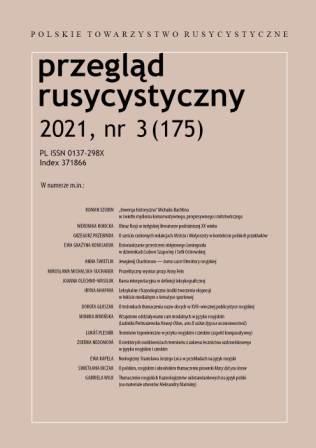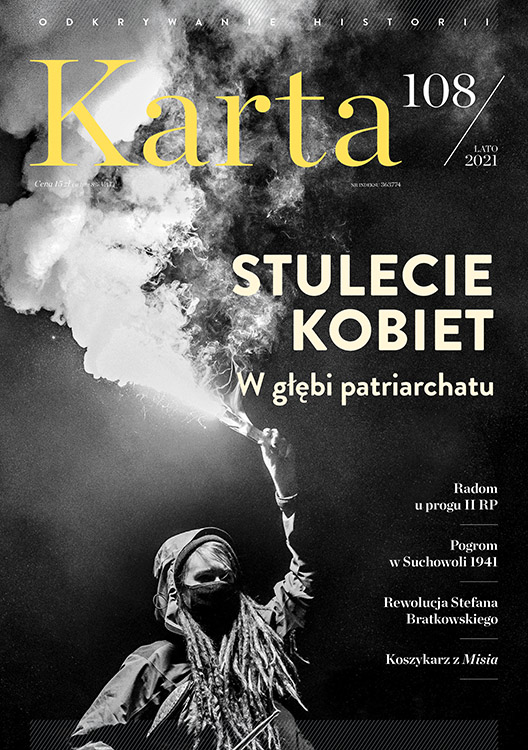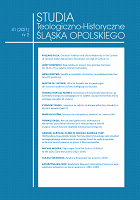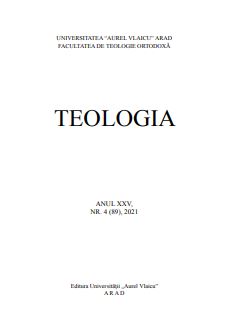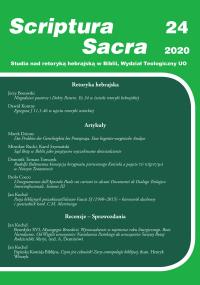
Das Problem der Gerechtigkeit bei Protojesaja
Der vorliegende Artikel passt sich in den kognitiv-exegetischen Kontext der Forschung zur Heiligen Schrift ein. Einerseits berührt er das Gebiet der Sprachwissenschaft, mach aber einen Schritt weiter in Richtung der Exegese der Propheten-Schrift, hier des Buches Protojesaja. Das Ziel solch einer Herangehensweise ist die Probe einer Beurteilung der Brauchbarkeit einer Methode der kognitiven Sprachwissenschaft zur Analyse eines biblischen Textes und die Einschätzung der Neuartigkeit der Ergebnisse derartiger Analyse bzw. der Bestätigung der bisherigen Ergebnisse. In der Untersuchung fand Anwendung die Methode der konzeptuellen Metapher in der Definition von George Lakoff und Mark Johnson. Als eine kognitive Methode bietet sie die Möglichkeit einer synchronen Untersuchung des Textes, sie gibt Einsicht in das Denken der Menschen der Entstehungszeit des Textes. Infolge der Analyse wurde es möglich, das ganzheitliche Bild des Gerechtigkeits-Problems im Buch Protojesaja zu erfassen. Aufgrund der Untersuchung kam man zum Schluss, dass sich die Methode zur Exegese des heiligen Textes eignet, indem sie das holistische Bild des untersuchten Problems und dessen Entwicklung zeigt. Gleichzeitig muss man bemerken, dass man mit dieser Methode nur einen ausgewählten Aspekt untersuchen darf, die gleichzeitige Untersuchung mehrerer Motive kann zur gewissen Unübersichtlichkeit und dem Mangel an Ergebnisse führen.Obwohl die Methode eher die bisherigen Analysen bestätigt, liegt ihre Innovation darin, dass sie das ganzheitliche Bild des untersuchten Problems erfasst.
More...
